This might seem a bold thing to say, but here goes: there’s not a single attribute more important to the enjoyment of a car than the feel for the road derived through its steering. I’ll go further: there’s no single reason for the erosion of driving pleasure in recent years greater than the continued and continual loss of that feel. But what exactly is this feel whose passing I so lament?
When I teach younger writers about the business of road testing, it’s the subject most likely to be raised, perhaps alongside determining the difference between primary and secondary ride. And for them it’s a real problem, because it’s hard to explain and harder still to understand. But for you who aren’t charged with reaching opinions and justifying conclusions about your cars, you shouldn’t be troubled at all.
Indeed, the reason I’m writing this is because a reader took the time to write in (thank you, Daniel Vernon), complaining that the Vauxhall Astra he drives has steering that’s too light and lacks feel relative to that of the Ford Focuses he owned in the past.
What’s interesting here is that Daniel hasn’t merely spotted a problem – his new car isn’t as good to drive – but has also identified its cause. I’ve heard countless people make this complaint over the years, but few know what lies at its heart. “I just really liked the way my old car drove” is the most familiar refrain. And I would bet plenty that, nine times out of 10, what has gone missing is steering feel.

It’s true that I’m somewhat old-school about this, which is partly a factor of my age and partly because I spend my spare time driving old cars, which, rubbish as they may be in very many ways, have steering feel that almost any modern car simply wouldn’t recognise.
There’s a younger cohort of writers and drivers who attach less importance to steering’s feel and more to its accuracy, linearity and weight, and I’m not saying they’re wrong just because I take another view. Traditional steering feel has played a far smaller role in their automotive education and, as a result, it quite understandably matters less.
But what exactly is steering feel, and why is it in such short supply these days? On one level, it’s precisely as it’s described: how does the steering actually feel. On a less literal but more important level, steering feel is a car’s ability to communicate both accurately and clearly through the steering apparatus information about how the road and its conditions are being managed as the car flows over its surface.
To complicate matters a little, a distinction needs to be drawn between desirable feel or feedback and unwanted kickback. You absolutely want the steering to create a very real sense of connection between you and the road, but you just as strongly don’t want the steering leaping around in your hands or threatening to break your thumbs every time you inadvertently drop a tyre into a pothole. It is, therefore, something requiring very skilled suspension engineering.
Yet all the combined knowledge, talent and technology that exists in the world today hasn’t stopped steering systems becoming ever more mute. And, as ever, there’s no one reason for this. The fact that cars have become heavier hasn’t helped, nor has the fact that, partly in response to this, cars have been fitted with ever wider and heavier tyres, all of which compromises steering feel.
But the pantomime villain of the piece goes by the name of EPAS, better known as electric power-assisted steering. When it was realised that EPAS systems were cheaper and less troublesome than traditional hydraulically assisted steering, they must have looked pretty tempting, but what caused their near-wholesale adoption was that they allowed manufacturers to achieve slightly lower official fuel consumption figures and therefore lesser CO2 emissions.
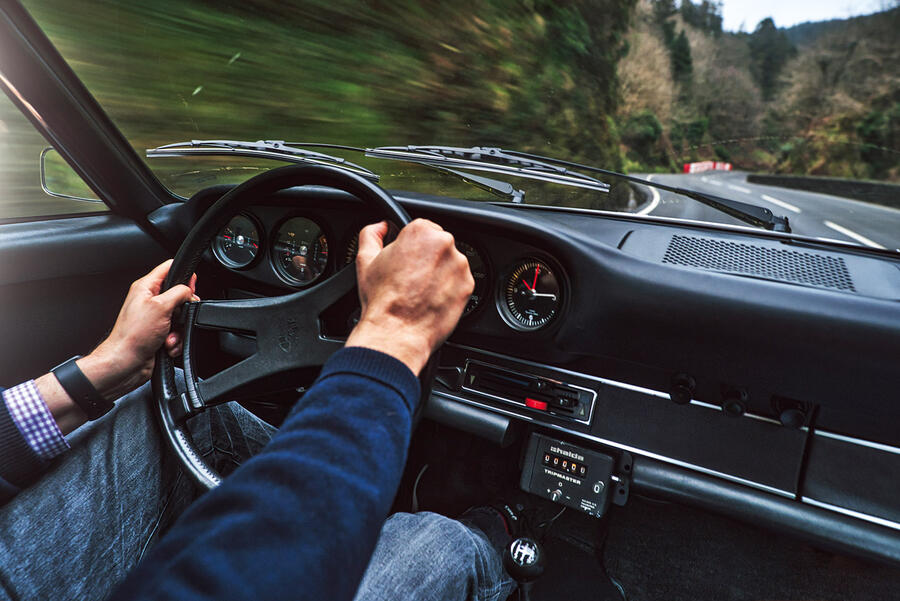
When the first Porsche 911 with EPAS came out (the 991 in 2012), I persuaded an engineer to tell me exactly what the saving would be in the real world, which I then calculated amounted to two free tanks of fuel over a decade on the road. To me, that wasn’t worth compromising the single most important interface between man and machine, especially in a car like the 911.
Why does EPAS kill steering feel? Because, as our own Jesse Crosse puts it: “EPAS’s reputation for dead feeling over centre and general lifelessness was due to the effects of internal friction, freeplay (‘lash’) and the rotational inertia inside the electric motor, which is magnified at the steering wheel by the system’s own gearing.” So now you know.
But there’s another, even more persuasive reason why steering feel has become so hard to find these days: most people don’t actually want it. You and I may want to sense an intimate connection to the road, but those who regard cars as mere transport – which is most people – don’t want anything of the sort. They want to be removed as far as possible from the sensations of driving, cocooned in their own little world. And in that regard, EPAS is only too ready, willing and able to oblige.
Even so, it remains a matter of choice for manufacturers. They can take the CO2 hit and continue to use HPAS – although among major companies, McLaren alone ploughs this lonely but noble furrow and will continue to do so until it finds an EPAS system that can mimic feel so well that you can’t tell the difference.
If your car is light enough, you obviously don’t need assistance at all, which is really the way to maximise steering feel. But even within the world of EPAS, the range of outcomes is enormous. Developments in EPAS pumps, the way they’re mounted and particularly the algorithms that control them have transformed what’s possible in the past decade.
So, if your car still has little or no perceived steering feel, the sad truth is likely to be that its manufacturer either couldn’t be bothered to engineer it in or actively didn’t want it there. If so, drive a car from a company that does.
Cars with excellent steering feel
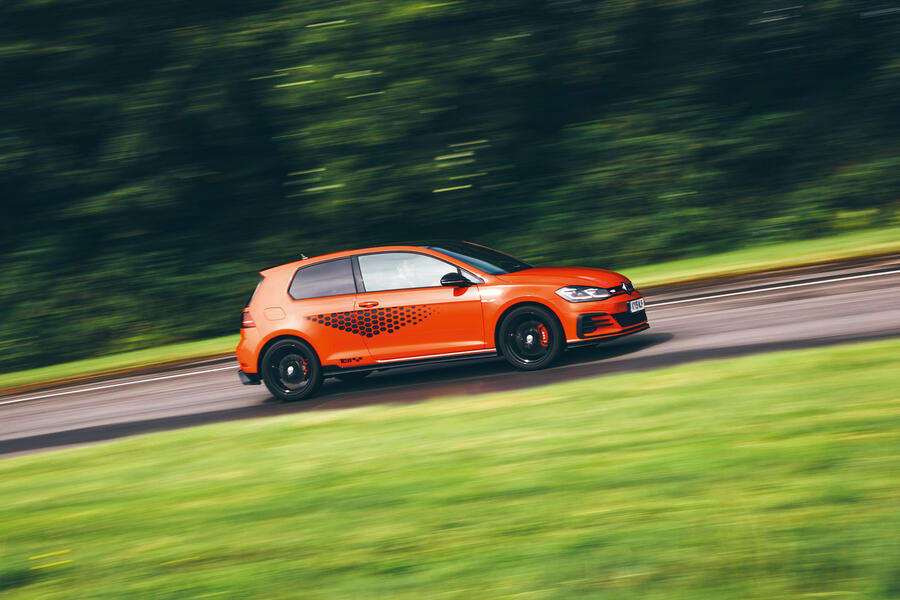
Volkswagen Golf: Volkswagens tend to steer well, and the Golf’s mixture of decent feel and linear responses promotes senses of enjoyment and stability.
Ford Fiesta: Ford has always paid singular attention to feel, so the Fiesta’s steering is class-leading by far.
BMW 3 Series: BMW made great efforts to reconnect the driver to the road with the G20, which is why it’s the most enjoyable exec out there.
Toyota GT86: When it was new, the GT86 set new standards for EPAS steering in an affordable car, and it’s still superb.
Porsche 911: The 911’s steering is as good as you can currently get with EPAS, although still not up to the HPAS standard that it left behind in 2012.
Any McLaren: HPAS means there’s no need for steering feel to be synthesised; you feel what you feel because that’s what’s happening. And there’s still no substitute for it.
READ MORE
The anatomy of handling: What makes the perfect driver's car?
Opinion: Ride comfort is the new handling
Britain's Best Driver's Car 2019: Meet the contenders


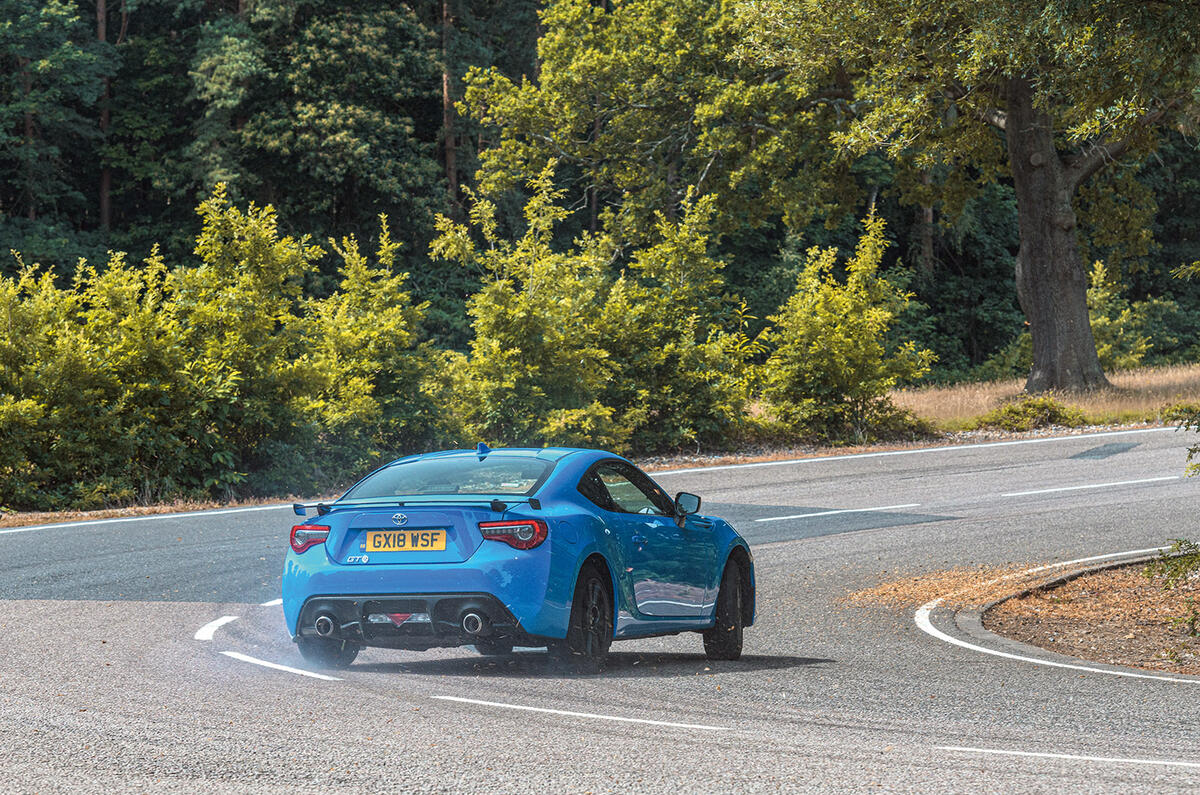
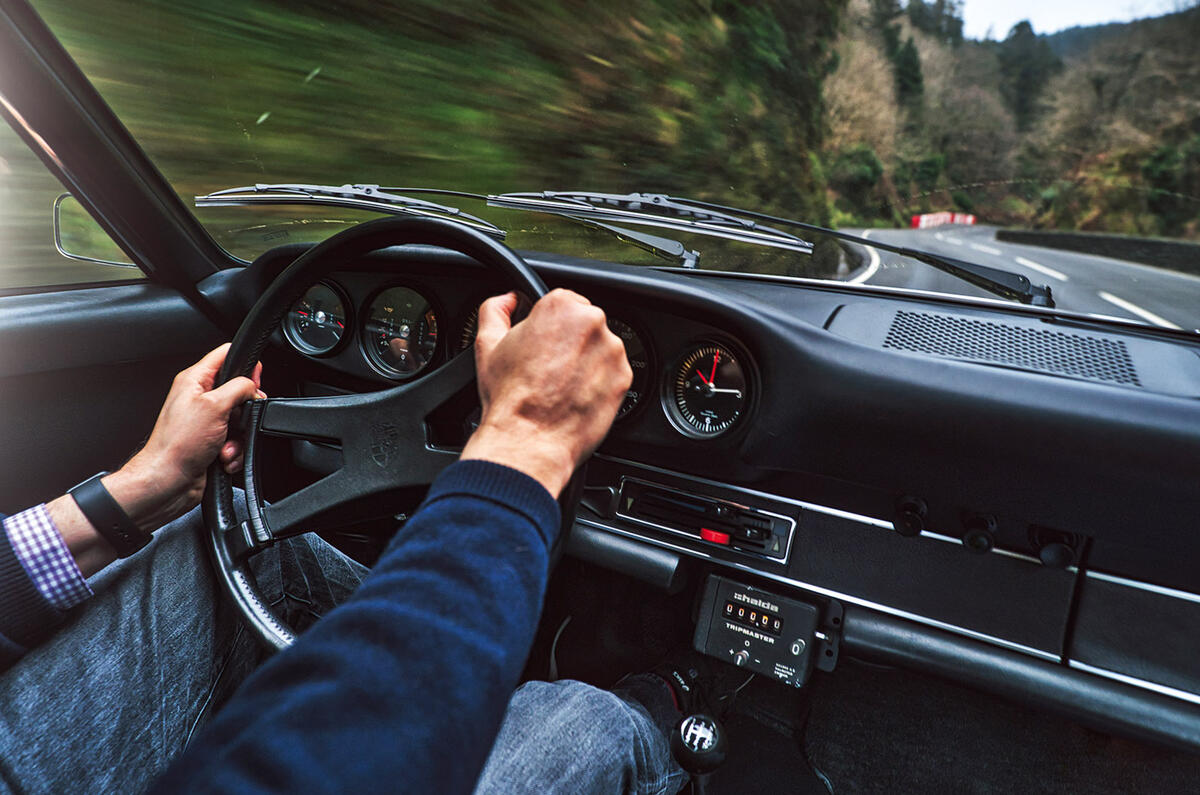

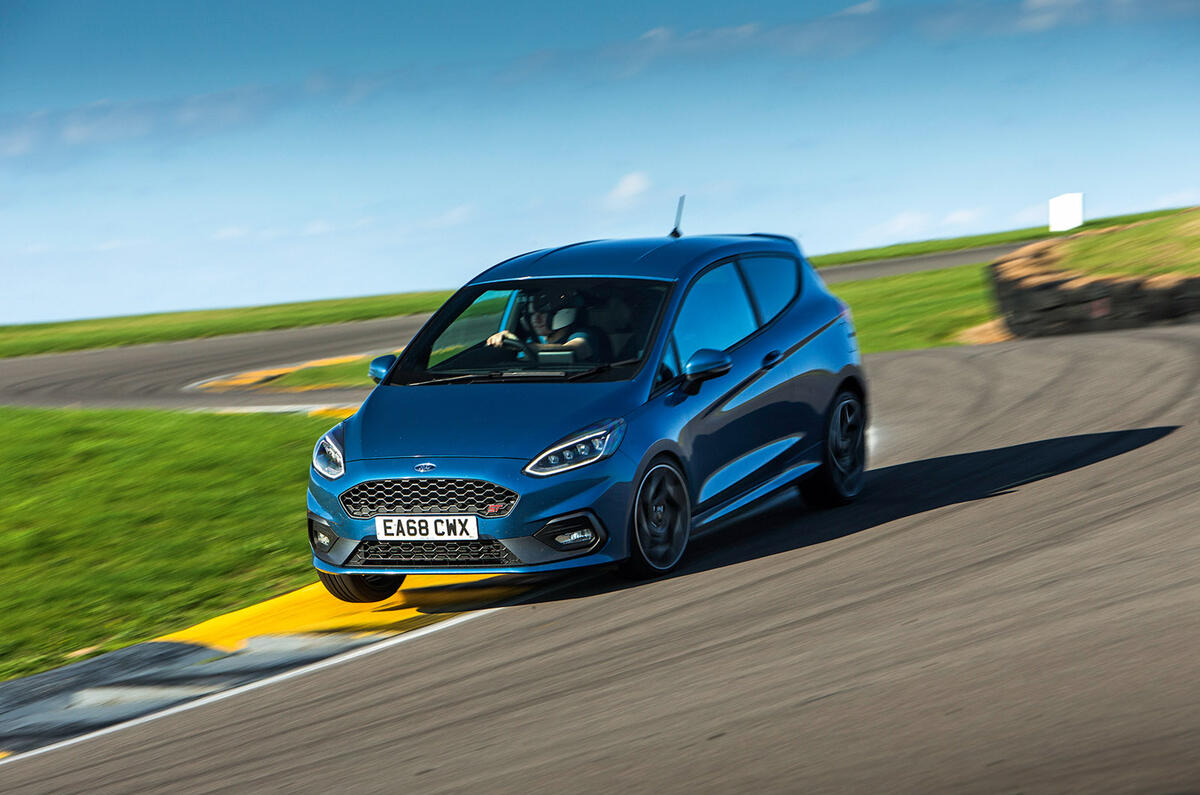
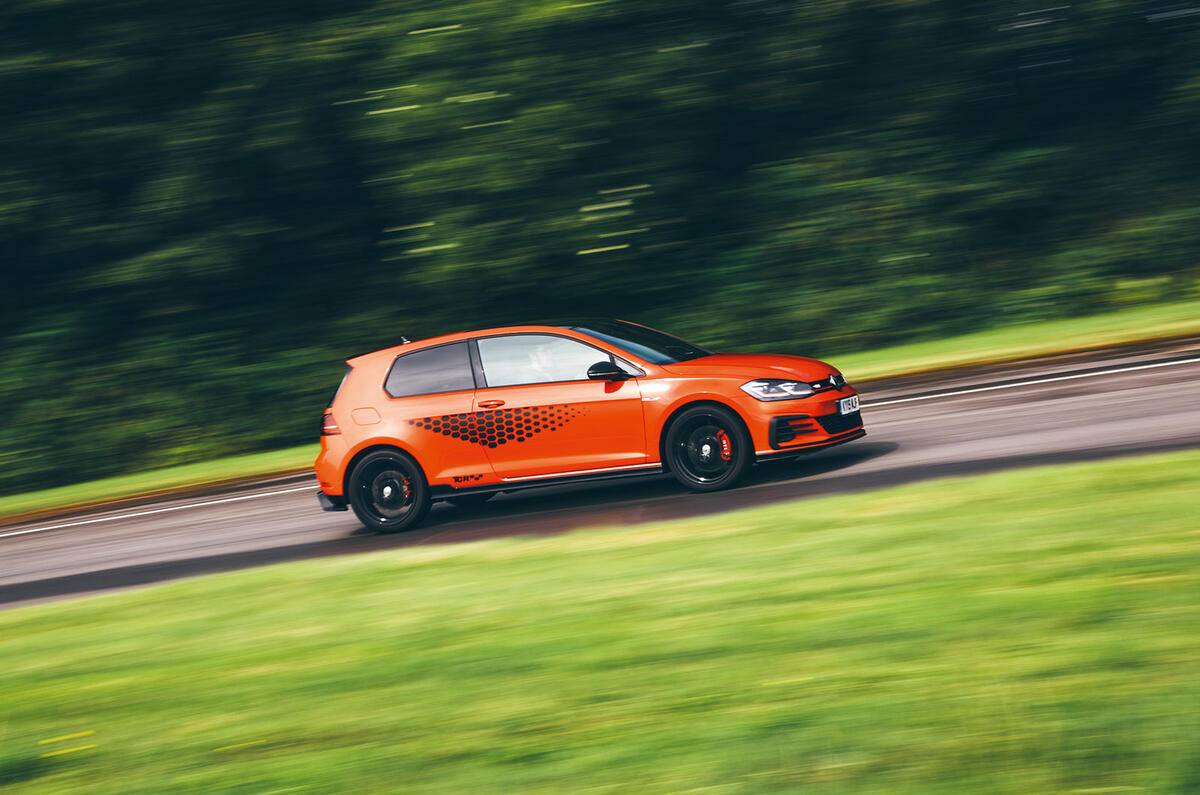





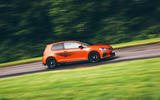


Join the debate
Add your comment
I worked for Jaguar Landrover not too long ago testing their cars regularly. Although I believe the Jaguars to be good examples of EPAS I was always happy to get in my old Seat Alhambra at the end of the day. The steering in the latter just seemed incredibly delicate in the straight ahead position and generally communicative by comparison. OK it wasn't as responsive and the hole car set up felt far less sophisticated but I realised for me steering ‘feel’ is possibly one of the most important qualities I expect from a car; after all it is probably the most important control of a car. We take hold of it all the time and are continuously making precise adjustments to it. I realised I couldn’t live with any of the bigger Landrovers because of the artificial weighting around the centre position and I found I was aware of making small adjustments where as with many older cars I’ve owned it just happens unconsciously. Before the Alhambra I had a 2001 Skoda Octavia and the main reason I changed it was down to the dead steering. Once I noticed I just found it of constant annoyance. I read in this article with interest VWs often have good steering. I wasn’t aware of this. I don’t remember VWs being complemented for their feel some steering. I always assumed Ford signed of the steering in the Alhambra Galaxy range…
Silly me. I continue to
Silly me. I continue to assume that people who read Autocar are enthusiasts. I'm frequently reminded that that's clearly not the case. The responses to this article are the latest reminder. I'm amazed at how few people said they agree with Mr. Frankel, and how many said they don't care about steering feel. I'm not surprised at all that most people -- for whom cars are just an appliance -- don't want any steering feel. But isn't this supposed to be an enthusiast's publication? I'm with Mr. Frankel -- steering feel is an extremely important factor in making a good driver's car. No EPAS system I've driven (including current Porsches) is even close to providing steering feel comparable to a good hydraulic system. I disagree with Mr. Frankel on one significant point, however. I test-drove the current G20 BMW 3 series. Perhaps some versions are better than others, but the base 330i (US spec) I drove had easily the worst steering feel of any car I've driven in a very long time (possibly ever). It felt horribly artificial, almost lke the rack was full of some kind of thick syrup. The steering in my Alfa Romeo Giulia is better by several subjective orders of magnitude (yet clearly not as good as the steering in my hydraulic PAS-equipped cars).
More, more
Nice between-the-rain-drops-article, steering is really important and will ruin an other wise good car. I've had 2 cars with good steering one was unassisted and the the other one which I still own is hydraulic feels great, provides good feedback too about grip and uneven road surface or wet and uneven road surface, brilliant, the other thing I love about the car I own is that there is no dead zone in the steering, no "sneeze factor" as soon as you move the wheeel the car is turning immediatley which to me inspires confidence. Not so long ago the first thing the "performance sub brand" would do is remove whatever rack and replace it with a bespoke steering rack usually hydraulic, but not since they want the car to do the driving with features like remembering how you steered into a gap etc then it reverses the steering to unpark you and allowing you to park the car while standing outside with a keyfob etc and other such dealer forecourt gimmicks. The other thing is that people don't want to feel anything or hear anything from the car itself which is another feedback loop that is disappearing. It's a shame for the enthusiast because the enthusiast (which seems to be a dying breed) will have to hold onto an older vehicle if you want these particular features as they ain't an optional extra box for hydraulic steering with feel,engine noise, feedback and deletion of gimmicks none of which is gonna happen, especially now that most wants a 5 ft high lardy SUV and have no prior interest in driving for driving sake.